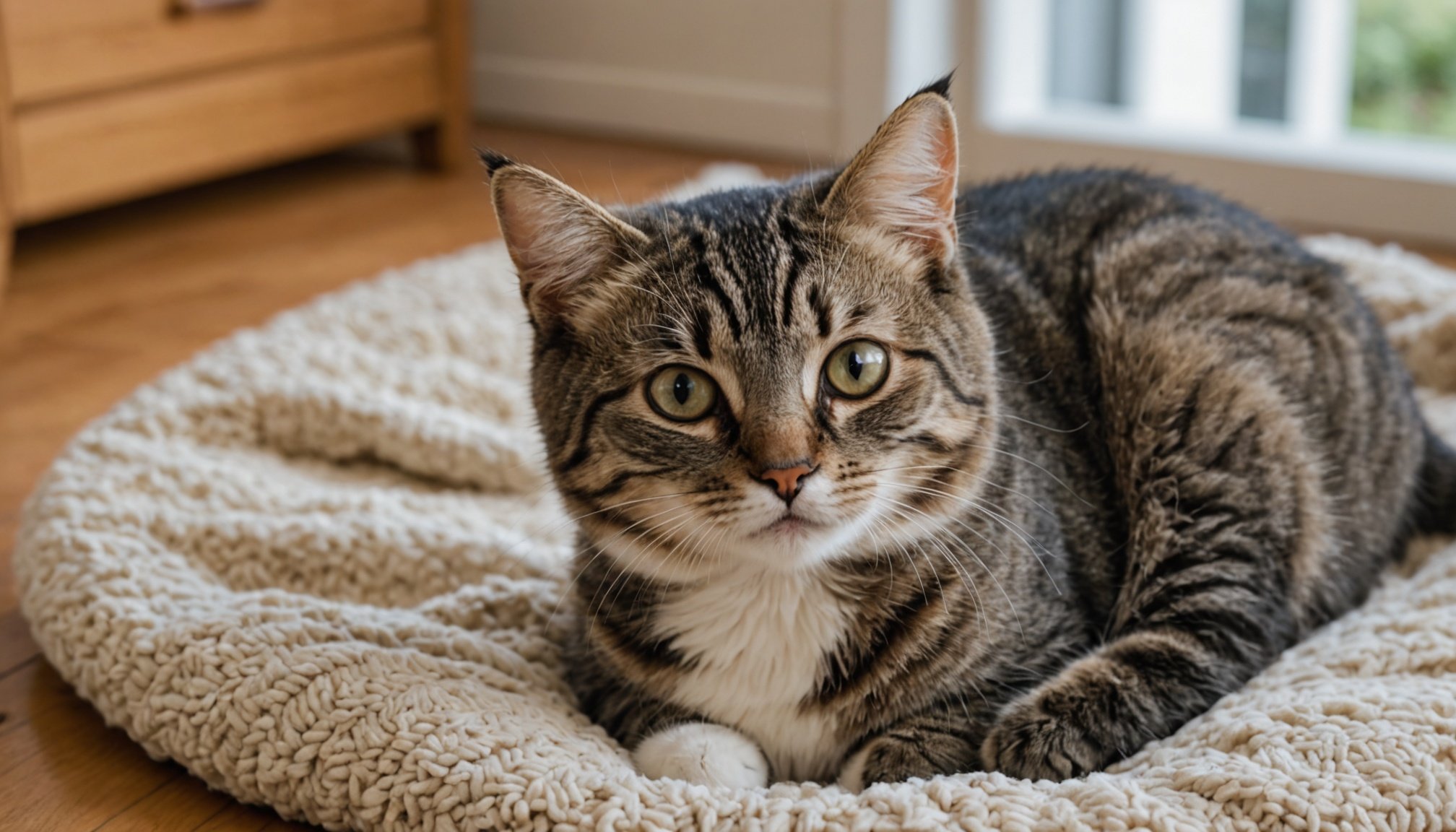Welcoming a new baby into the household is a joyous occasion, but it also presents unique challenges, especially if you have a cat. Our feline friends are creatures of habit, and the introduction of a new family member can disrupt their routine, leading to stress and anxiety. Understanding how to help your cat acclimate to a new baby is essential for fostering harmony within your home. In this article, we will explore effective strategies to ensure that both your cat and your new baby can coexist peacefully, allowing everyone to thrive in your family environment.
Preparing Your Cat for the New Arrival
Before your baby arrives, there are several proactive steps you can take to prepare your cat for the changes to come. Cats are sensitive to shifts in their environment, so gradual acclimatization is crucial. Start by creating a safe space for your cat where they can retreat when they feel overwhelmed. This sanctuary should be equipped with their favorite toys, bedding, and food, allowing them to feel secure amid the upheaval.
In the same genre : Essential Nutritional Needs for Pregnant Queens: How to Tailor Their Diet for Optimal Health
Additionally, consider familiarizing your cat with baby sounds. You can play recordings of infant cries and coos at a low volume, gradually increasing the sound as your cat becomes accustomed to it. This method helps desensitize your cat to the noises they will soon encounter, reducing their anxiety when the baby arrives. Don’t forget to maintain your cat’s routine as much as possible. Cats thrive on consistency, so keeping their feeding, playtime, and litter box maintenance unchanged will help mitigate any potential stress stemming from the new addition to the family.
Lastly, it might be beneficial to introduce your cat to baby items before the arrival of your child. Allow them to explore baby furniture, toys, and equipment, so they can familiarize themselves with new scents and objects in their territory. This gradual introduction will ease the transition and make your cat feel more involved in the family changes.
Topic to read : How can I prevent my cat from developing bad habits like excessive meowing?
Introducing Your Baby to Your Cat
When your baby arrives, the introduction process should be handled with care. It’s vital to ensure that the first meeting between your cat and baby is calm and positive. You may want to allow your cat to observe from a distance when you first bring your baby home. Let your cat approach at their own pace; forcing interaction may create fear or anxiety.
Once your cat seems comfortable, you can hold your baby (who should be securely supported) while allowing your cat to sniff or investigate them. This process should be slow and gentle, ensuring that both your baby and cat feel safe. Remember to reward your cat with treats and praise for calm behavior during this introduction. This approach reinforces positive associations with the presence of the baby.
Always supervise interactions between your cat and baby closely. Cats can sometimes react unpredictably to sudden movements or loud noises, so it’s essential to be vigilant. If your cat shows signs of stress—such as hissing, flattening ears, or hiding—remove them from the situation and try again later. Allowing your cat to retreat when they feel uncomfortable helps them understand that they have control over their environment.
Establishing Boundaries and Routines
Establishing clear boundaries for both your cat and baby is fundamental to maintaining a harmonious home. Cats need to feel secure in their territory, and introducing a new family member often means redefining this space. Ensure that your cat has designated areas where they are allowed to retreat and relax, free from disturbances. Baby gates can serve as effective barriers, allowing your cat to see what’s happening without feeling overwhelmed.
Simultaneously, establish routines that incorporate time for your cat. You might find it helpful to designate specific times for play and petting, so your cat feels included. Routine is comforting for cats, and maintaining their daily schedule will help alleviate any anxiety related to the changes in the household.
Additionally, it’s vital to teach your child how to interact with your cat appropriately. As your baby grows into a toddler, they will become curious and may want to touch or grab at your cat. Teaching gentle hands and encouraging your child to respect the cat’s personal space are essential lessons that will benefit both parties. Reinforcing these boundaries from the start helps your cat feel safe, and it also teaches your child empathy towards animals.
Monitoring Behavior and Stress Signals
As your baby grows, continuous observation of your cat’s behavior is crucial. Cats can exhibit various stress signals that may indicate they are struggling to adjust to the new family dynamics. Key signs to watch for include changes in appetite, increased vocalization, inappropriate elimination, or withdrawal from social interactions.
If you notice any of these behaviors, it may be time to reassess how your cat is adapting to the situation. Providing more quiet time, additional play sessions, or even consulting your veterinarian or a feline behaviorist can be beneficial. Understanding your cat’s unique personality will help you identify deviations from their normal behavior.
In situations where your cat becomes aggressive or overly anxious, it’s important to intervene. This might mean creating more distance between your cat and baby during playtime. Utilizing pheromone diffusers or sprays can also help calm your cat in high-stress moments, as these products mimic natural cat scents that promote relaxation. By being attentive to your cat’s needs and reactions, you can foster a loving environment that supports both your cat and your growing family.
Navigating life with a new baby while ensuring your cat feels safe and cherished is a delicate balancing act. By preparing your cat ahead of time, introducing them to your baby gradually, establishing firm boundaries, and monitoring their behavior, you can create a peaceful coexistence that benefits everyone in your household. Remember, patience and understanding are key components in this transition, allowing both your cat and new family member to thrive together. With the right approach, you can foster a harmonious home where love and companionship flourish.









